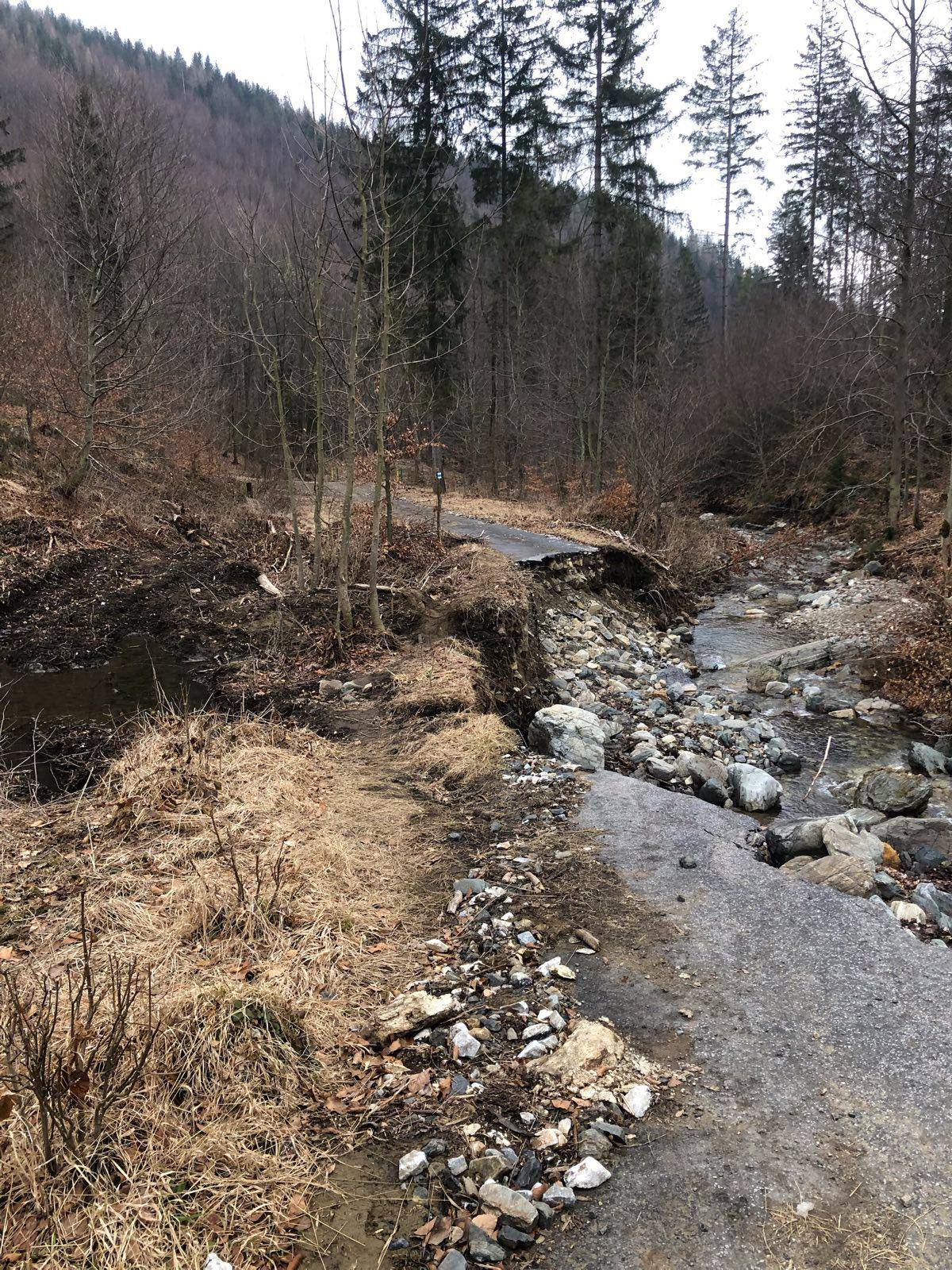
The water flows down
Who owns water? Who controls it? And what happens when it is escaping control?
Water flows down. There is general agreement on that. But what does it flow through on its way "down"? It flows from mountain ridges, across forest paths, spills out of riverbeds, is regulated by weirs, flows underground, flows above it, flows through treatment plants, under bridges, drainage channels, pumps, along tree bark, deer backs, logs, pools, rocks, and pipes. It flows through ownership and administrative relationships, regulations, and subsidy programs. It flows through forecasts and danger alerts, through the ideas, practices, and needs of those who live in its vicinity. But it does much more than just flow downhill. It seeps, rises, stays in unwanted places, spins hydroelectric turbines, provides a home and shelter for water beings, and serves as a cold-water swimming pond.
One of the polycrises we find ourselves in is the water crisis. In many places, water is disappearing or, through its interaction with other substances, is being transformed to such an extent that it is harmful to living organisms. Water resources are increasingly being privatized and commodified. However, the water crisis is not only linked to anthropogenic water practices, but also to our understanding and imagination of water (Neimanis 2016). The idea of an abstract hydrological cycle does not apply. If anything, we need to talk about a hydrosocial cycle (Linton & Budds 2014) and ask how water shapes the surrounding socio-natures and how it is shaped by them (Hastrup & Rubow 2014). This is what Anna is asking in one of the small villages of the Jeseníky Mountains, where she observes the human water management and lives with water.
The Jeseníky region is depicted as a region rich in water and healing springs, but it is also a region that was catastrophically affected by floods in the fall of 2024. The rivers overflowed their regulated beds and flooded human settlements. A year after the flood, extensive repairs and debates about flood control measures are still ongoing. Water is shown here as a physical entity, a natural resource, a source, a backdrop, but also a figure mobilized in political negotiations.
However, observing the different lines of water's life and its more-than-human neighbourhood, their intertwining, collisions, and friction gradually reveals further questions. What is water? Is there only one water? And what happens to us when we perceive ourselves not only as using water and shaping its flows but also as beings used and shaped by the water flows and bodies?

Publications
Hastrup, Kirsten., & Rubow, C. (2014). Living with environmental change: Waterworlds. In Living with environmental change: Waterworlds (1st ed.). Routledge.
Linton, J., & Budds, J. (2014). The hydrosocial cycle: Defining and mobilizing a relational-dialectical approach to water. Geoforum, 57, 170–180. https://doi.org/10.1016/j.geoforum.2013.10.008
Neimanis, A. (2016). Bodies of water: Posthuman feminist phenomenology. In Bodies of water: Posthuman feminist phenomenology. Bloomsbury Academic.